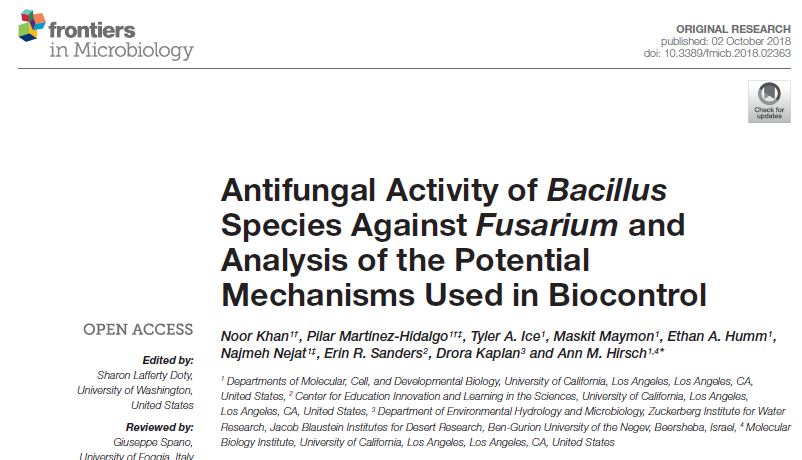
Abstract
Poor sanitation due to improper treatment of human excreta, and energy scarcity are global problems with only partial solutions. Thus, feasible conversion of human excreta into safe, reusable “products" and renewable energy could be advantageous. The research objectives were to study the properties and major chemical processes occurring during hydrothermal carbonization of raw human excreta with typical solids content, as well as exploring potential use of the resulting hydrochar and aqueous phase. Human excreta (often considered as black water) were hydrothermally carbonized in a set of nine 50-mL laboratory batch reactors under a range of severities, a single parameter obtained from a coalification model that represents the combination of temperature and time. Three temperatures (180, 210 and 240 °C) and reaction times (30, 60 and 120 min) were used. The physicochemical characteristics such as yield, elemental composition, organic matter and calorific value of the hydrochar (solid phase) were studied. Aqueous phase was characterized for carbon, nitrogen, macro and micronutrients composition. In addition, the potential use of the hydrochar and aqueous phase were studied. There was high correlation between severity factor and carbon content (R2 = 0.95) and calorific value (R2 = 0.89). Hydrochar yield decreased with increasing severity from 69 to 56%. Calorific values increased from 24.7 to 27.6 MJ/kg, falling within the calorific range of sub-bituminous coal. The aqueous phase demonstrated high nitrogen concentration, reaching up to 8178 mg/L total nitrogen, while N:P:K ratios were similar to those of commercial fertilizers. Pilot scale experiments resembled the results found in laboratory scale experiments for both hydrochar and aqueous phase and fitted the regression curves obtained from the severity factor. It is postulated that hydrothermal carbonization of human excreta could potentially serve as a sustainable sanitation technology with a closed-loop cycle approach while recovering energy and nutrients.
https://doi.org/10.1016/j.jclepro.2018.09.126
---

Abstract
Fusarium is a complex genus of ascomycete fungi that consists of plant pathogens of agricultural relevance. Controlling Fusarium infection in crops that leads to substantial yield losses is challenging. These economic losses along with environmental and human health concerns over the usage of chemicals in attaining disease control are shifting focus toward the use of biocontrol agents for effective control of phytopathogenic Fusarium spp. In the present study, an analysis of the plant-growth promoting (PGP) and biocontrol attributes of four bacilli (Bacillus simplex 30N-5, B. simplex 11, B. simplex 237, and B. subtilis 30VD-1) has been conducted. The production of cellulase, xylanase, pectinase, and chitinase in functional assays was studied, followed by in silico gene analysis of the PGP-related and biocontrol-associated genes. Of all the bacilli included in this study, B. subtilis 30VD-1 (30VD-1) demonstrated the most effective antagonism against Fusarium spp. under in vitro conditions. Additionally, 100 mg/ml of the crude 1-butanol extract of 30VD-1's cell-free culture filtrate caused about 40% inhibition in radial growth of Fusarium spp. Pea seed bacterization with 30VD-1 led to considerable reduction in wilt severity in plants with about 35% increase in dry plant biomass over uninoculated plants growing in Fusarium-infested soil. Phase contrast microscopy demonstrated distortions and abnormal swellings in F. oxysporum hyphae on coculturing with 30VD-1. The results suggest a multivariate mode of antagonism of 30VD-1 against phytopathogenic Fusarium spp., by producing chitinase, volatiles, and other antifungal molecules, the characterization of which is underway.
doi: 10.3389/fmicb.2018.02363
---

Abstract
In the context of geological disposal of radioactivewaste, one of the controlling mechanisms for radionuclidemigration through subsurface strata is sorption to mobile colloidal bentonite particles. Such particles may erode from the repository backfill or bentonite buffer and yield measurable (0.01–0.1 g/L) concentrations in natural groundwater. The extent of sorption is influenced by colloid concentration, ionic strength, radionuclide concentration, and the presence of competingmetals. Uranium(VI) and cesiumsorption to bentonite colloidswas investigated both separately and together in low ionic strength (2.20 mM) artificial rainwater (ARW) and high ionic strength (169mM) artificial groundwater (AGW;representative of a fractured carbonate rock aquitard). Sorption experiments were conducted as a factor of colloid concentration, initialmetal concentration and opposing metal presence. It was shown that both U(VI) and Cs sorption were significantly reduced in AGW in comparison to ARW. Additionally, the sorption coefficient Kd of both metals was found to decrease with increasing colloid concentration.
Competitive sorption experiments indicated that at high colloid concentration (1–2 g/L), Cs sorption was reduced in the presence of U(VI), and at lowcolloid concentration (0.01–0.5 g/L), both Cs and U(VI) Kdswere reduced when they were present together due to competition for similar sorption sites. The results from this study imply that in brackish carbonate rock aquifers, typical of the Israeli northern Negev Desert, both U(VI) and Cs are more likely to be mobile as dissolved species rather than as colloid-associated solids.
https://doi.org/10.1016/j.scitotenv.2018.06.162